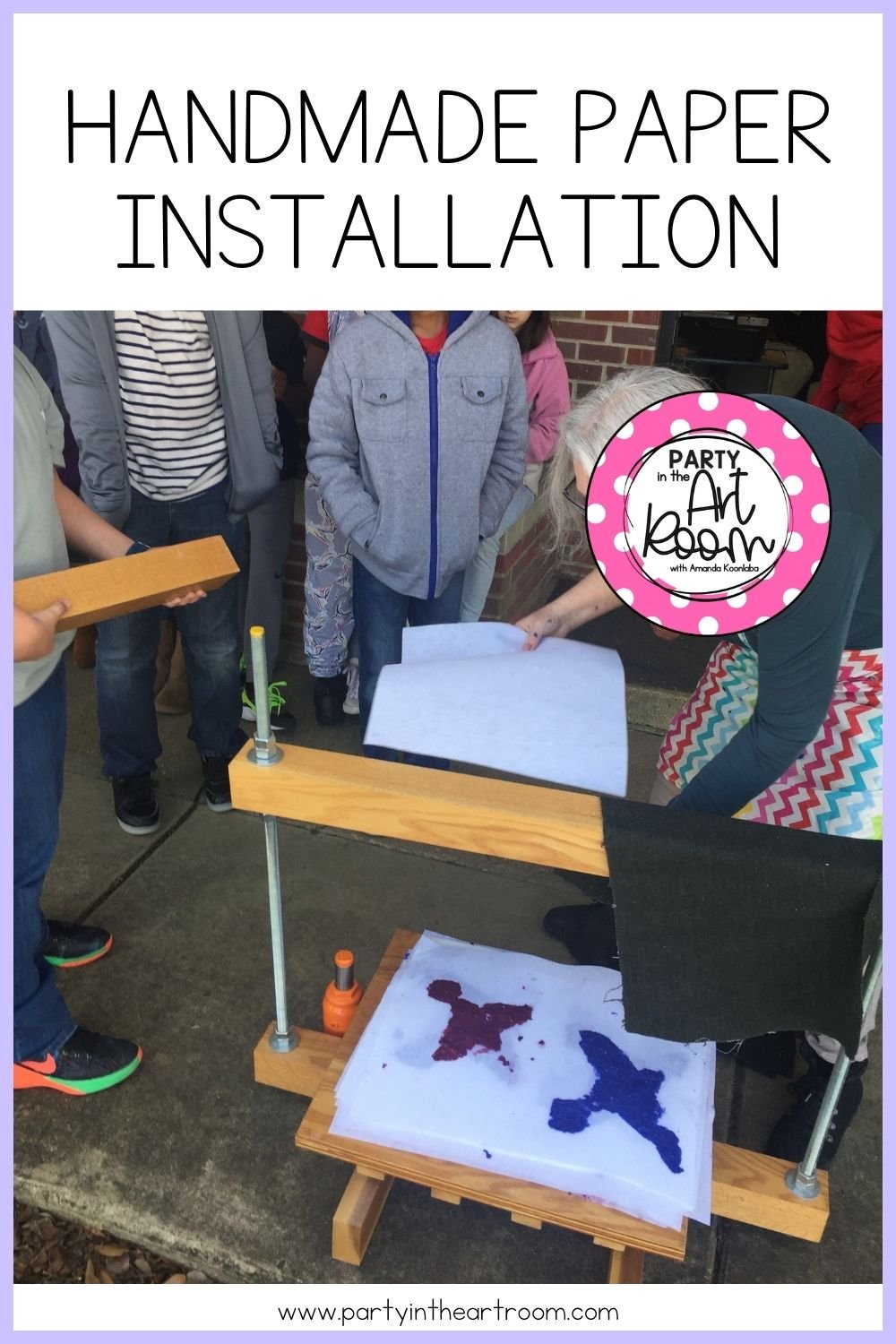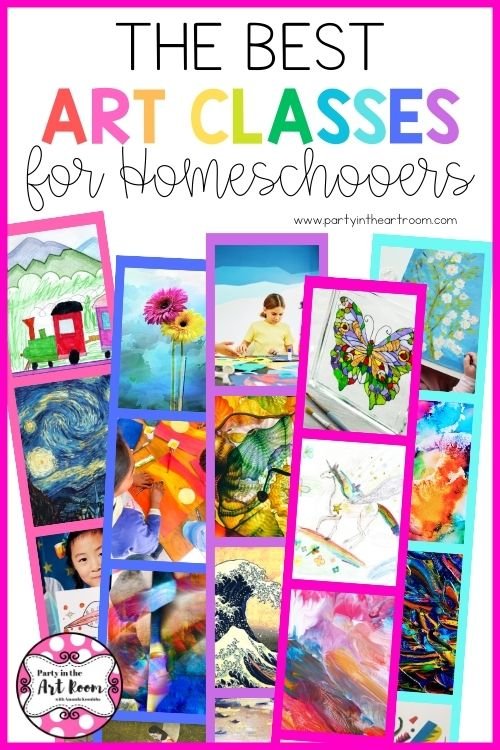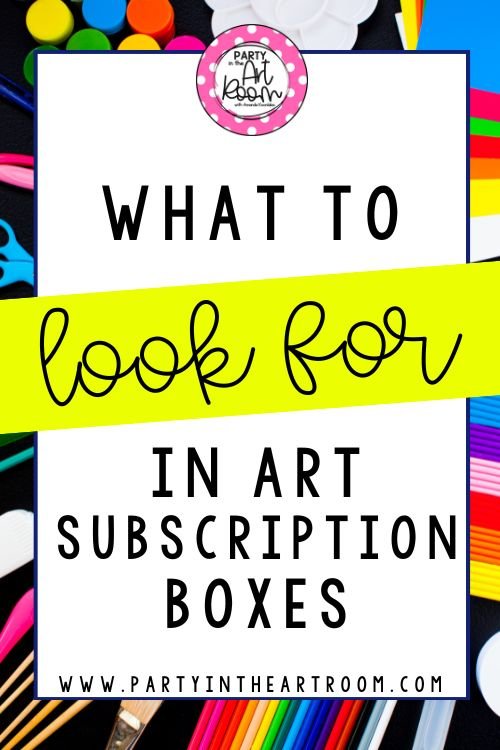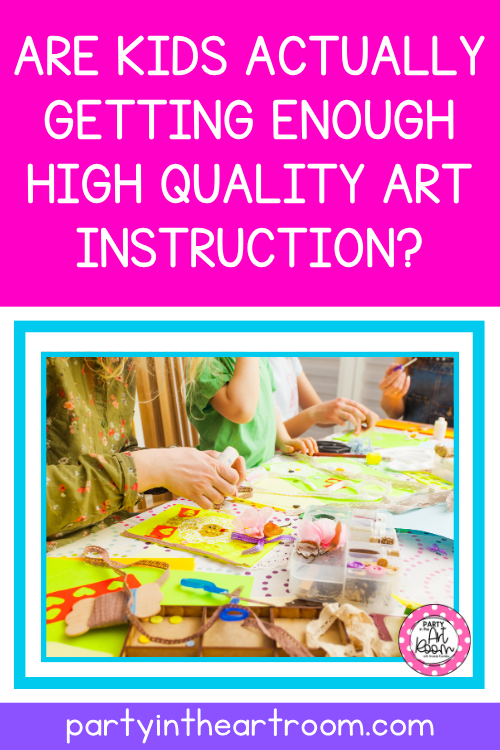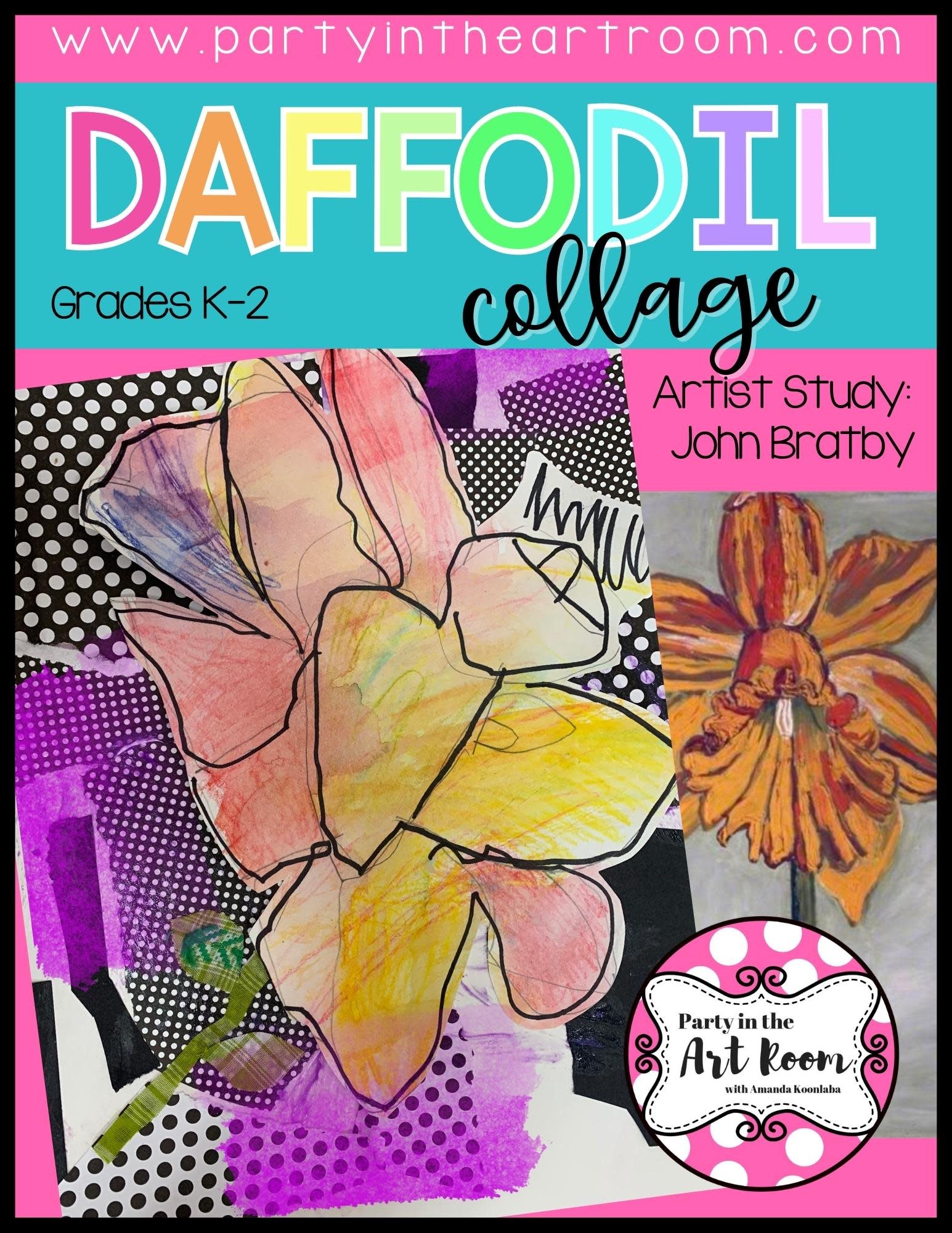Art Meets Science: A Murmuration from Handmade Paper
I had the pleasure of meeting Pam Beagle-Daresta through the Mississippi Arts Commission’s Teaching Artist Roster. At the time, I was looking for ways to bring new and unique experiences to my students.
After reaching out to Pam, I learned that she would be visiting our area from out of state and staying with a friend. This turned out to be an unexpected blessing, as it saved us a significant amount of money. I mention this because it serves as a reminder that building relationships with artists—especially those on resources like the MAC roster—can open up opportunities for schools, even if funding feels like a barrier. Often, artists are more than willing to work with schools in creative ways to make projects like this happen. In fact, I didn’t even know Pam would be staying locally when I first contacted her. Despite my initial concern that we might not have enough funding, Pam and I worked together to find a solution, and I’m so glad we did.
Repurposing Waste into Art: Preparing for the Papermaking Process
The experience itself was nothing short of amazing. Pam, a skilled papermaker, brought all of her equipment with her for the papermaking process. My students and I prepared for her visit by saving paper that would have otherwise ended up in the trash. We shredded it by hand and soaked it in water for about a week prior to Pam’s arrival. This was an exciting start to the process, as the students were already learning about how waste materials could be repurposed into something beautiful and valuable.
On the first day of Pam's visit, the students began the papermaking process by turning the shredded paper into pulp. Pam guided them through every step, showing them how the fibers of the paper combined with water to create a smooth slurry. The excitement was palpable as students used deckles—wooden frames shaped like birds—to form individual birds from the pulp. Each student carefully pressed their pulp into the shape of a bird, creating a unique piece. In addition to the birds, we also made some larger sheets of paper, experimenting with different textures and thicknesses. By the end of the first day, we had created approximately 250 birds and 250 sheets of handmade paper.
Hands-On Learning: Creating Birds from Handmade Paper
Once the birds were formed, we used a cold press to squeeze out the excess water and carefully placed the birds and the sheets of paper on drying racks in my classroom. While the paper was drying, students spent time learning about the migration habits of birds, watching videos of murmurations, and discussing the bone structure of birds. These science concepts beautifully integrated into our art project, reinforcing the importance of cross-curricular learning. It was incredible to see my students apply their knowledge from other subjects directly into their artwork.
The Stunning Installation: A Murmuration of Birds
After the birds dried, it was time for the installation. We decided to hang the birds in the foyer of our school, which has a beautiful curved wall that was perfect for this project. With the help of some fishing line, we suspended the birds from the ceiling, carefully arranging them in a flowing pattern that mimicked the movement of a murmuration. The installation was stunning—about 500 handmade paper birds gently swaying in the air, creating a dynamic visual experience that changed with the light and the movement in the space. It was one of the most rewarding moments I’ve had as an art teacher. Walking into that foyer and seeing our collective work hanging there—every bird a testament to my students’ hard work, creativity, and learning—was simply unforgettable.
The Power of Collaboration: Learning from a Professional Artist
What makes this project so meaningful to me is that we created it from scratch. My students played an active role in every part of the process—from breaking down the paper to repurposing it into something new. They learned how to approach materials with an open mind, thinking about how something seemingly ordinary could be transformed into something extraordinary. Additionally, the integration of science into our art project gave the students a deeper understanding of both subjects. They were able to see how concepts like migration and bird anatomy connected with their creative expression, and this made the experience all the more enriching.
Another highlight of this project was the opportunity for my students to learn directly from Pam, a professional artist. Not only did they gain insight into the paper-making process, but they also got to interact with an artist outside of the classroom, experiencing a different teaching style and perspective. As for me, I learned so much from Pam, too. I had never done papermaking with students before, and I was unsure how to integrate it into my classroom. But after this experience, I feel confident that I can teach papermaking techniques on my own. The process was challenging but deeply rewarding, and I am grateful to Pam for showing us how to bring it to life.
Why Every Art Teacher Should Reach Out to Teaching Artists
If you are an art teacher, I highly encourage you to reach out to teaching artists on the MAC roster, as well as to local artists in your community. Bringing a professional artist into your classroom can provide not only hands-on learning opportunities for your students, but also professional development for yourself. It's a wonderful way to enrich your curriculum, expose your students to new ideas, and create meaningful art experiences. By collaborating with artists, you open the door for endless creative possibilities, and your students will undoubtedly benefit from the unique perspectives they bring.
The Final Product: A Beautiful, Collaborative Artwork
Pam Beagle-Daresta, a talented teaching artist, can be seen here pouring pulp into a vat to start the papermaking process. Students are using deckles, which act as giant stencils, to create the bird shapes with the pulp. This is an image of the installation as it was being set up, with the 500 birds hanging delicately in the school’s foyer, creating a captivating visual display. The project was a huge success, and I couldn’t be prouder of my students for their hard work and creativity.
As a fellow educator listed on the Mississippi Arts Commission’s Teaching Artist Roster, I understand the power of collaboration between schools and teaching artists. It’s a fantastic resource for educators looking to bring hands-on, professional development and unique learning experiences into their classrooms. I encourage you to explore this resource and connect with other teaching artists to enrich your own students' educational journeys. You can learn more about my work and offerings on the Teaching Artist Roster here.
More AWESOME ideas from Party in the Art Room:
Hi! I’m Amanda. Teaching children to be creative thinkers is my greatest joy. I’m here to help you bring that same joy to your classroom.
This guide is packed with 25 ideas for using art to teach math and ELA. It’s arts integration for the win!
I want all students to feel successful in the art room, so I created a standards-based Daffodil Collage lesson to do just that! The lesson includes an artist study, student reflection, and more, so push your artists to their full potential.

